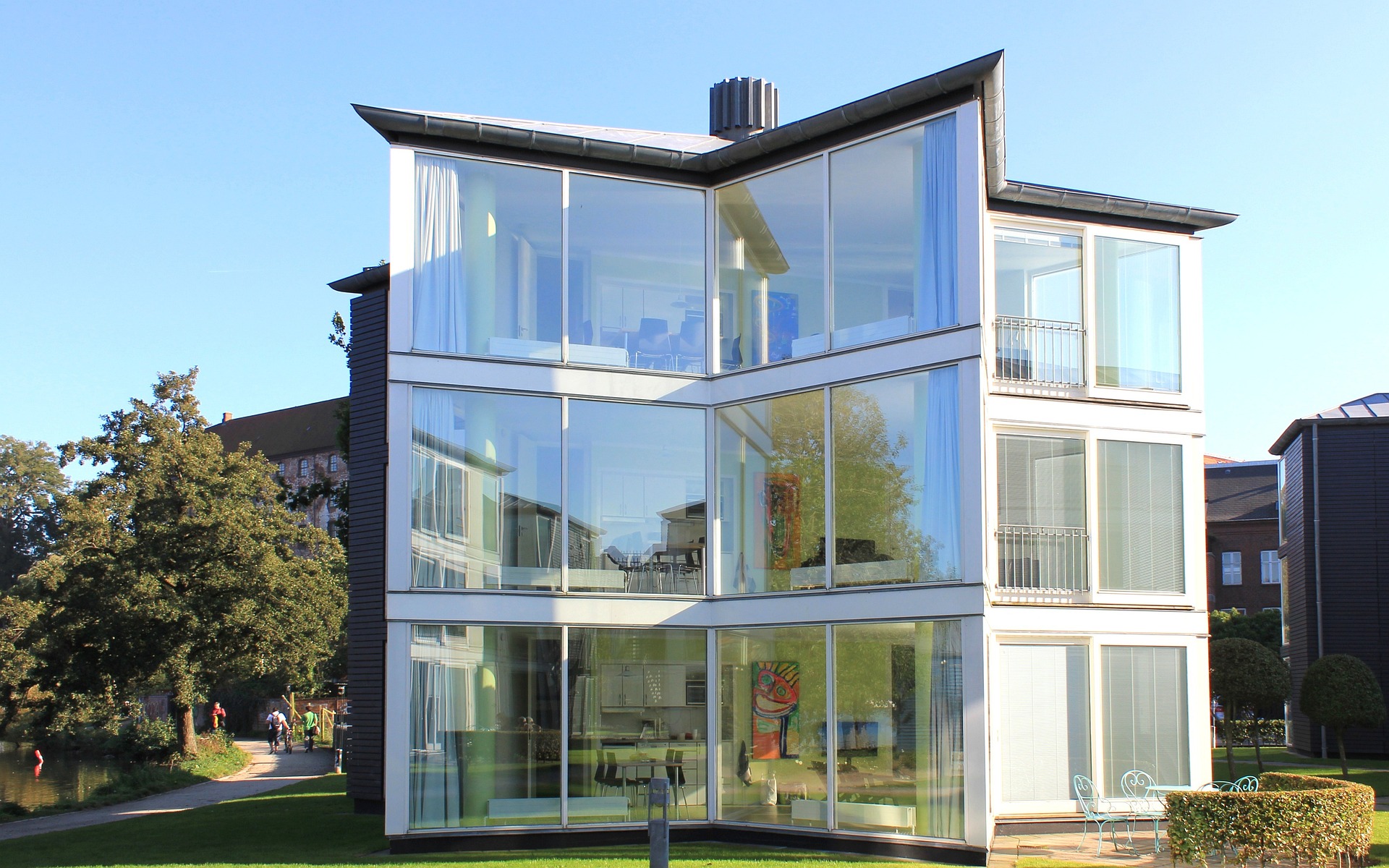What You Need to Know About Prefabricated Home Prices
Prefabricated homes have emerged as an innovative housing solution that offers a modern alternative to traditional construction methods. These factory-built structures provide homeowners with a potentially faster, more efficient, and sometimes more affordable path to homeownership. Understanding the complexities of prefabricated home pricing can help potential buyers make informed decisions about their housing investments.

How Are Prefabricated Home Costs Determined?
The average cost of prefabricated homes is influenced by multiple critical factors. Size is a primary determinant, with larger homes naturally requiring more materials and labor. Design complexity also plays a significant role – simple, modular designs tend to be less expensive than custom or intricate architectural plans. Materials selection can dramatically impact the overall price, with options ranging from basic economical materials to high-end, sustainable alternatives.
Regional Variations in Prefabricated Home Pricing
Prefabricated home prices can vary substantially across different regions and housing markets. Local building codes, transportation costs, labor markets, and regional economic conditions all contribute to these price fluctuations. Urban areas with higher construction costs may see significantly different pricing compared to rural regions with lower overhead expenses. Additionally, local demand for prefabricated housing can influence market prices and availability.
Comparing Prefabricated Homes to Traditional Construction
When considering a prefabricated home, buyers should evaluate several key factors that distinguish these structures from traditional housing. The controlled factory environment allows for more precise construction, potentially reducing waste and improving overall build quality. However, transportation and site preparation costs can offset some of the initial savings associated with prefabricated construction.
| Prefab Home Type | Estimated Base Cost | Average Size | Construction Time |
|---|---|---|---|
| Basic Modular | $50,000 - $100,000 | 800-1,200 sq ft | 3-4 months |
| Mid-Range Custom | $100,000 - $200,000 | 1,200-1,800 sq ft | 4-6 months |
| Luxury Prefab | $200,000 - $350,000 | 1,800-2,500 sq ft | 5-7 months |
Prices, rates, or cost estimates mentioned in this article are based on the latest available information but may change over time. Independent research is advised before making financial decisions.
Key Considerations Before Choosing a Prefabricated Home
Potential homeowners should carefully evaluate several crucial factors before committing to a prefabricated home. Land acquisition, site preparation, foundation work, and utility connections are additional expenses that must be factored into the total project cost. Local zoning regulations, financing options, and long-term maintenance requirements are equally important considerations that can impact the overall feasibility of a prefabricated home project.
Understanding Total Cost of Ownership
While initial purchase prices may appear attractive, buyers must consider the complete financial picture. This includes transportation costs, site preparation, foundation work, utility connections, and potential customization expenses. Some prefabricated homes may require additional investment to meet local building codes or achieve desired aesthetic and functional requirements.
Prefabricated homes represent an evolving housing solution that combines innovation with practicality. By understanding the nuanced pricing factors and careful considerations involved, potential homeowners can make more informed decisions about whether this housing option aligns with their personal and financial goals.




